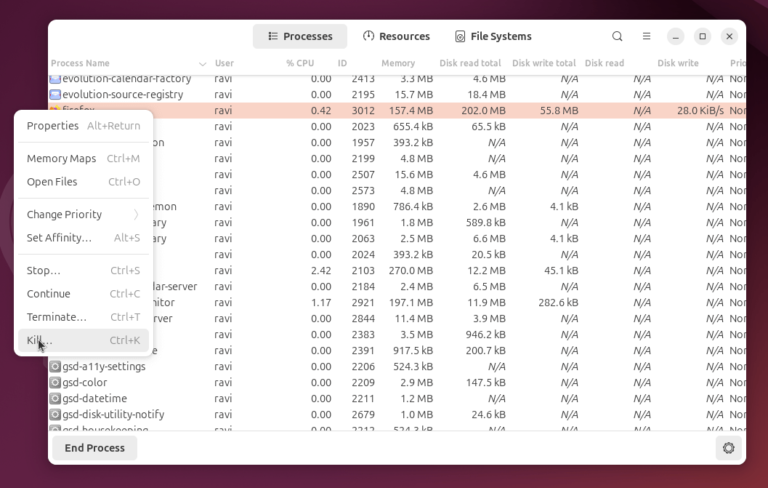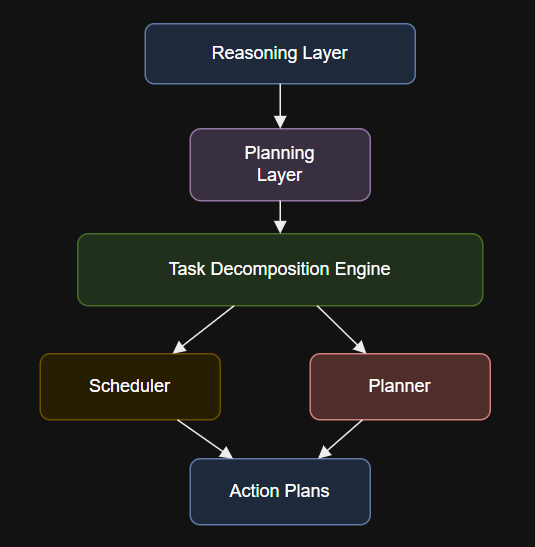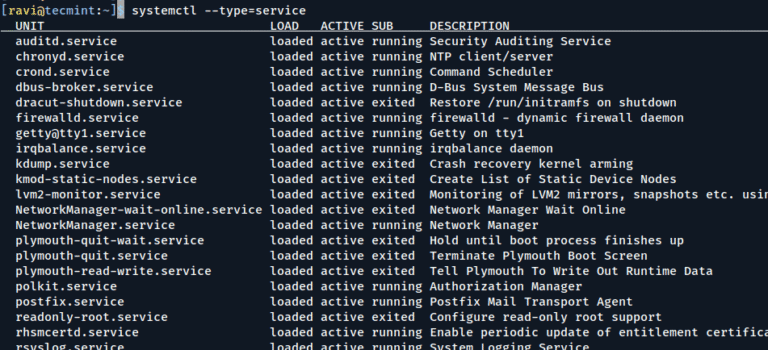The outcomes that matter most — speed, accuracy, cost, and real-time risk reduction — can only be achieved through a unified, native understanding of the environment that only a true platform can deliver.On a unified platform, vulnerability and threat-hunting agents work together, correlating live adversary activity with exposures to accelerate investigation and response. With agentic security orchestration, automation, and response (SOAR), these systems don’t just identify risk, they act: issuing patches, isolating assets, and triggering workflows autonomously, with human oversight and full transparency. It’s faster, smarter, and focused on what truly matters.
It’s time to close that gap. It’s time for vulnerability management to evolve.
The Limits of Legacy Vulnerability Management
At the other end of the market, threat and vulnerability tools serve as aggregators that stitch together data from third-party scanners, feeds, and APIs. This approach adds layers of complexity by necessitating more point tools that don’t actually fix problems or stop breaches. What these tools have in common is a lack of understanding into how attacks unfold in real time.
This modern model demands more than better data. It requires a new foundation. That foundation is the platform built on an architecture capable of translating intelligence into action.
Third, to achieve accelerated response, human analysts must be elevated from managing alerts and remediation tickets to managing agents that can operate at machine speed. This requires agentic triage and remediation workflows that go beyond basic automation. Security teams can’t afford to spend hours investigating exposures or manually coordinating response. Modern exposure management uses AI agents that think like defenders — evaluating exploitability, asset criticality, and attack paths to deliver clear prioritization.
By unifying exposure data across endpoints, cloud, IT/OT, and network environments, Falcon Exposure Management predicts adversaries’ movement and strengthens defenses before they strike. Charlotte Agentic SOAR (announced at Fal.Con Europe 2025) provides instant remediation and enables automated workflows like ticketing, patch management, and misconfiguration correction. Running natively on the unified Falcon platform, it combines exposure management, detection, response, next-gen SIEM, and managed detection and response (MDR) to deliver end-to-end protection and outcomes with speed, precision, and clarity.
The Modern Exposure Management Model
That’s why Falcon Exposure Management changes the game. It continuously assesses every asset in real time, using the same lightweight CrowdStrike Falcon® sensor that already protects your endpoints. This unified visibility eliminates the need for costly scanners, appliances, or tool sprawl to aggregate vulnerabilities, exposures, and risks. With AI-powered prioritization driven by live threat intelligence and adversary behavior, Falcon Exposure Management pinpoints the 5% of vulnerabilities that drive 95% of risk — so teams can focus where it matters most.
The legacy vulnerability management model is broken. Exposure management is the evolution secure organizations are embracing. As adversaries weaponize AI, defenders must surpass their intelligence and speed.
At CrowdStrike, we believe modern exposure management must move from visibility to velocity, from data collection to decisive action, and from fragmented tools to unified platforms.
That’s what happens when you combine real-time native telemetry, adversarial intelligence, and agentic workflows in a single unified platform. Falcon Exposure Management doesn’t just find exposures; it understands them, prioritizes them, and eliminates them — all within the same architecture that stops breaches.
The message from the market is clear: Customers aren’t buying checklists. They’re buying outcomes. And CrowdStrike delivers outcomes at a speed and scale legacy vendors simply can’t match.
Modern exposure management must become an active, intelligent discipline built on completeness, context, and continuous action.
CrowdStrike’s momentum in exposure management signals a market shift from fragmented vulnerability management tools to a unified platform approach. On our most recent earnings call, we reported that in fiscal Q2 2026, the exposure management product group “surpassed 0 million in ending ARR” and noted that CrowdStrike was named a Leader in the 2025 IDC Worldwide Exposure Management MarketScape.
AI has collapsed the vulnerability exploit lifecycle. Adversaries now discover, weaponize, and exploit exposures across hybrid environments in minutes — chaining together misconfigurations, unpatched systems, and stolen credentials to gain rapid access and move laterally across environments. For defenders, the speed of the adversary changes everything. The traditional approach to vulnerability management, built on periodic scans, static reports, and manual patching cycles, simply can’t keep up. The gap between the attacker’s speed and the defender’s response has never been wider.
Why Platforms Win
For years, exposure management has been treated as a checklist of features. But checklists don’t stop breaches. The right outcomes do.
The only way to keep pace with AI-driven adversaries is a modern approach to exposure management that unifies data, adversary-aware intelligence, and automation in a single platform to think, prioritize, and act as fast as the threat itself.
This is the blueprint for the future: an intelligent platform that evaluates risk in real time, understands its context based on real-world adversary behavior, and autonomously acts through agentic workflows to reduce it.
Second, it demands adversary-aware risk prioritization. Defenders need to know which exposures are being actively exploited, not just standalone CVEs. Modern exposure management combines real-time visibility with real-time threat intelligence to pinpoint exploitable vulnerabilities connected to known adversary behavior, so teams can focus on risks that matter in the wild.
Proof in Performance
It starts with full visibility across every asset, identity, and environment: endpoints, cloud workloads, applications, AI models, users, and data. Not with stitched-together connectors or slow external scans, but with a unified, single-sensor approach that delivers continuous insight without the cost, delay, complexity, or blind spots of traditional scanning infrastructure.
Exposure management is no longer a static workflow. It’s an AI-powered operational capability in which humans and agents work together to anticipate, prioritize, and eliminate risk before adversaries can exploit it.
On one end of the market, legacy vulnerability management was born out of compliance requirements to assess system state. Static scans and surface-level visibility were enough to check a compliance box, but they don’t provide a view of risk based on real-world adversary activity.
This momentum underscores how enterprises are consolidating on CrowdStrike for measurable outcomes. For instance, Intermex reduced critical vulnerabilities by 98%, security teams have cut triage from hours to minutes, and organizations are eliminating redundant tools — reducing cost, complexity, and achieving a unified, real-time view of risk.
From Visibility to Velocity
The speed of today’s adversary mandates that we must respond faster. Moving beyond compliance-driven legacy vulnerability management requires a modern risk-based approach, based on real-world adversary behavior, to stop breaches — not just surface issues. This is exactly what CrowdStrike’s mission is with CrowdStrike Falcon® Exposure Management.
CrowdStrike was built for this moment. Our single agentic security platform unifies visibility, prioritization, and action to outpace the adversary across all assets, attack surfaces, environments, and domains. Legacy vulnerability management counts problems. Falcon Exposure Management solves them — in real time, at adversary speed.





